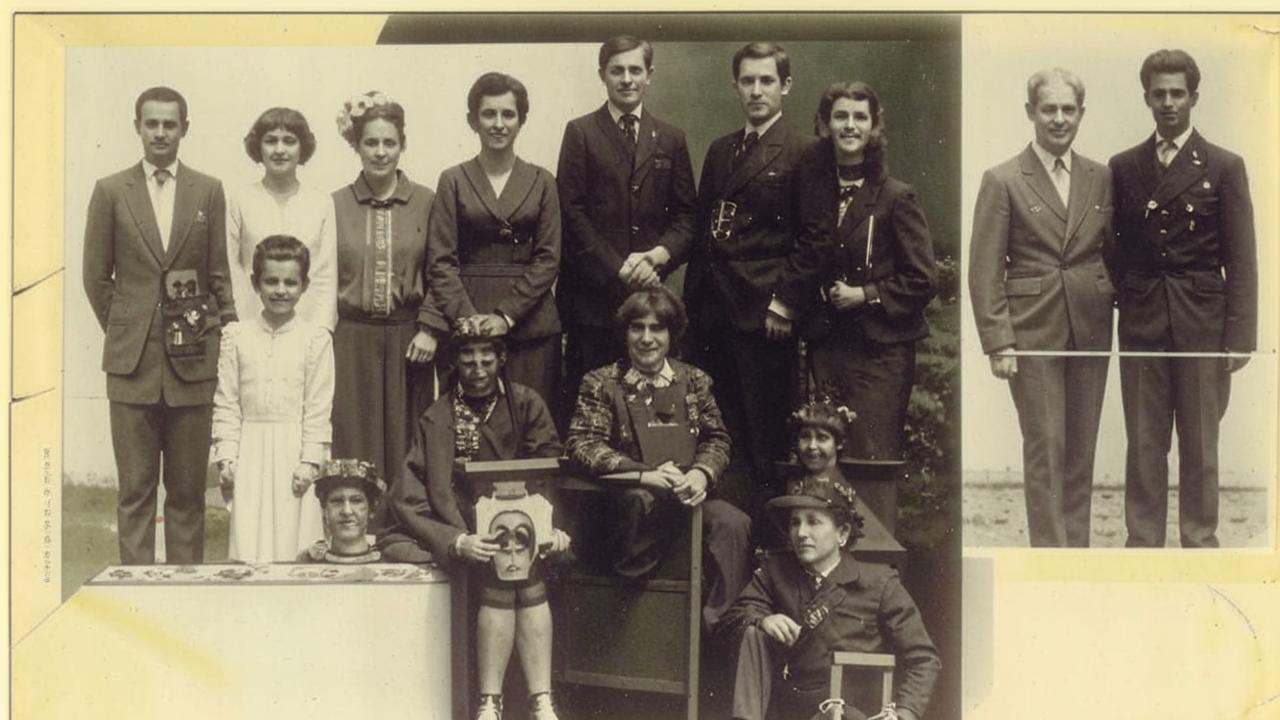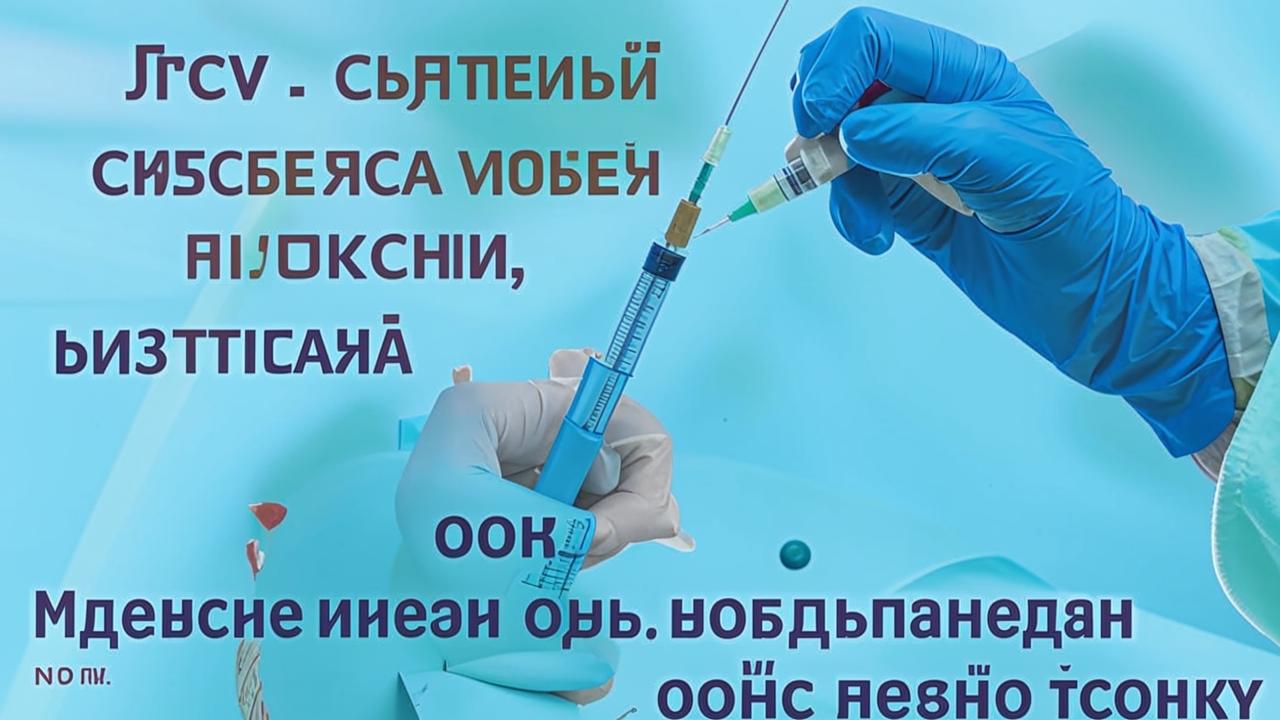
odborník
Who came up with the first immunization and when? How do vaccines work and which ones are available now?
The first vaccine appeared after a happy assumption: in the XVIII century, British doctor Edward Jenner conducted an experiment proving that cowpox could protect a person from the disease of smallpox. However, it should be noted that for all his great merits, Jenner had no idea about the nature of the causative agent of the disease, he was helped only by brilliant intuition and research observation. The doctor never had the chance to find out what the scientific meaning of his proposed method was.
Almost a century later, Louis Pasteur showed that the danger of natural strains can be purposefully reduced under the influence of unfavorable conditions in the laboratory. In this way, the virus becomes practically safe for humans or animals. Pasteur called the resulting preparations vaccines (vacca means “cow” in Latin). In 1880s, the first in the Russian Empire and the second in the world Pasteur’s station was opened in Odessa, Moscow and St. Petersburg, where under the guidance of Ilya Mechnikov and Nikolai Gamaley vaccination against rabies was carried out.
In 1921, the only to date immunoprophylactic preparation for tuberculosis was developed. This vaccine based on live bovine tuberculosis bacillus was developed by microbiologist Albert Calmet and veterinarian Camille Guerin. In the first half of the twentieth century, new types of vaccine preparations were created. Daniel Salmon and Theobald Smith proposed the idea of a killed vaccine. Later, genetic engineering methods were actively used to create vaccines.
What kinds of vaccines can be found today?
Traditional. Consist of bacteria or viruses that retain their integrity during the manufacturing process. Can be live or killed. Those in use today include vaccines against chickenpox, influenza, yellow fever, measles, rubella, polio, mumps, and rotavirus.
Based on destroyed microorganisms or obtained by decontamination. Used against diphtheria, tetanus, staphylococcus, botulism and gas gangrene.
Genetically engineered (recombinant, chimeric) vaccines. A representative of this group is a vaccine against viral hepatitis B.
Experimental synthetic. Chemical analogs of protective proteins obtained by direct chemical synthesis.
Milestones of our progress
Vaccine prophylaxis is the most effective and cost-effective way to reduce infectious morbidity. Nowadays it is hard to imagine life without vaccinations, although all of them were created and introduced into widespread use relatively recently.

The results of scientists’ work in this century are astounding:
- 2003 – the first nasal influenza vaccine;
- 2006 – the first vaccine against human papillomavirus;
- 2012 – first hepatitis E vaccine;
- 2012 – first quadrivalent influenza vaccine;
- 2015 – first vaccine against enterovirus 71, which causes enterovirus vesicular stomatitis;
- 2015 – first vaccine against malaria;
- 2015 – the first vaccine against Ebola, GamEvac from the Gamaleya NICEM;
In just over two centuries, more than 100 vaccines have been created for 40 diseases.
Sources:
Shamsheva O. V., Uchaikin V. F. F., Medunitsyn N. V. Clinical Vaccinology. Moscow: GEOTAR-Media, 2016. 576 с.
Zverev V. В. Vaccines and vaccination: a national guide / edited by V. V. V. Zverev, R. M. Khaitov. Moscow: GEOTAR-Media, 2014. 640 с.





